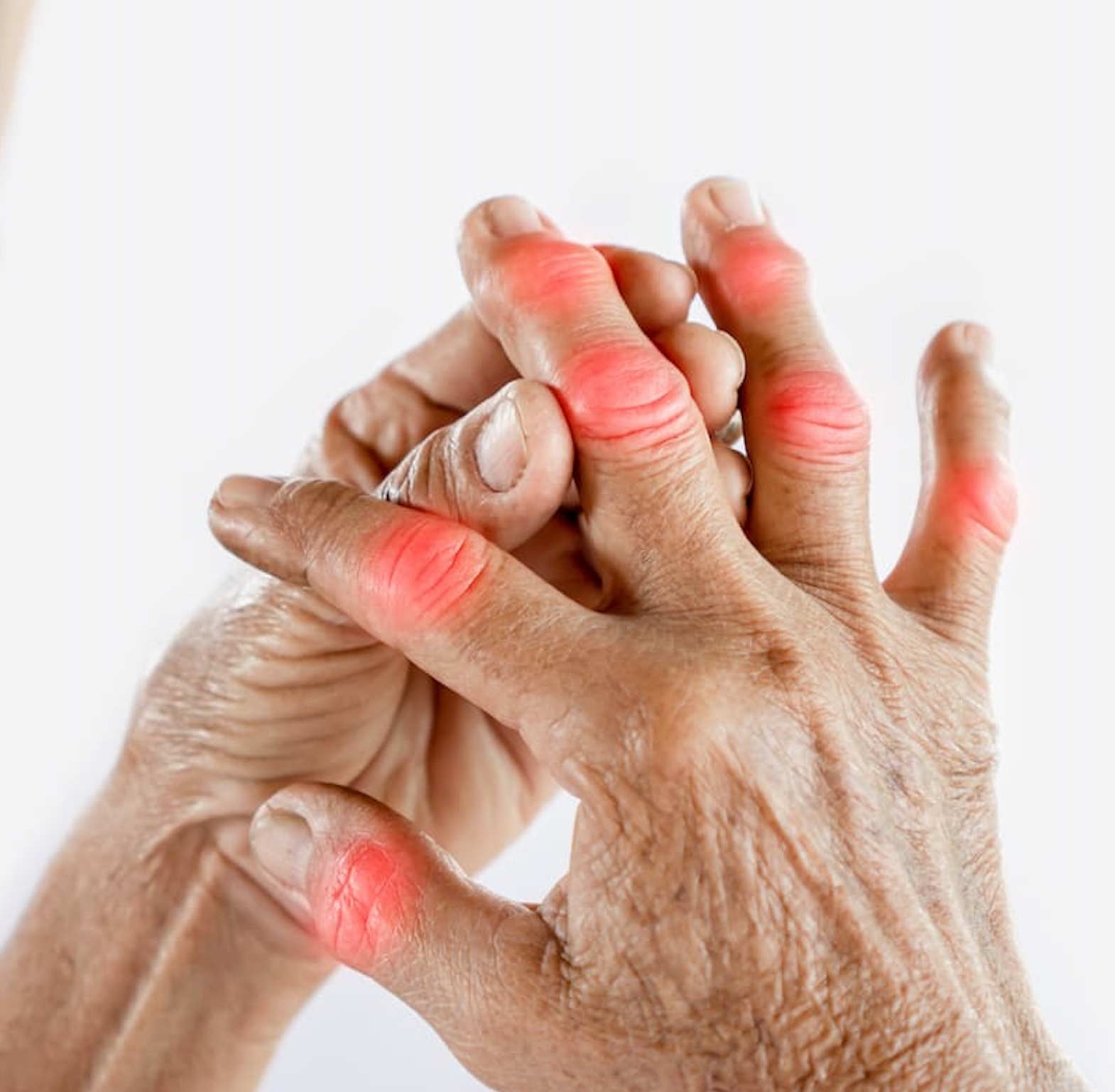Relieving Urinary Tract Obstruction in Patients with Hyperuricemia Increases Risk of Gouty Arthritis
Gout incidence rate significantly increased after relieving urinary tract obstruction.
Credit: Adobe Stock/docefleur

The incidence of gouty arthritis in patients with hyperuricemia and acute postrenal obstruction was significantly higher after relieving urinary tract obstruction (RUO) than before RUO, according to a study published in Medicine (Baltimore).1
Acute obstructive urinary tract disease is commonly caused by upper and lower urinary tract obstructions, either partial or complete. As complete retrorenal obstructions can result in acute kidney injury, treating this condition involves quickly relieving the obstruction and restoring urine volume using RUO.2
“However, new risk factors may occur during the recovery of renal function, and increased urine volume can result from water and electrolyte disturbances caused by diuresis after obstruction, including uric acid disturbances,” stated Dapeng Li, MD, associated with the Department of Urology, Rongcheng People’s Hospital, The Affiliated Hospital of Jining University, Weihai, Shandong, China, and colleagues.
Investigators retrospectively analyzed the clinical data from 130 patients with urinary tract obstructions at Rongcheng People’s Hospital between 2018 and 2021. These patients were then split into 2 groups: Group A (n = 62), who received conservative treatments including drugs, hemodialysis, and extracorporeal shock wave lithotripsy (ESWL), and Group B (n = 68), who received catheterization, nephrostomy, cystostomy, or double J ureteral catherization for rapid RUO.
Groups A and B were comparable in terms of median age (58.40 vs 59.63 years, respectively) and exhibited no significant differences in general data between groups (P > .05). Prior to treatment initiation, the serum uric acid values were 572.05 ± 106.93 µmol/L in Group A and 567.79 ± 97.21 µmol/L in Group B (P = .94). The serum creatinine values pre-treatment were 226.66 ± 269.67 and 280.15 ± 200.75 µmol/L, respectively (P = .88); and urine volumes were 913.23 ± 481.92 and 886.18 ± 552.72 mL/24 h, respectively (P = .08).
The treatment strategies and their effect on the incidence of gout in patients with hyperuricemia and postrenal obstruction were evaluated based on the changes in urine volume, creatinine level, and uric acid level after 1 week of treatment.
According to multivariate logistic regression analysis, which was used to determine the clinical factors that increased the incidence of gout after RUO, the gout rates in group B significantly increased, although there were no significant changes in Group A (P < .05). Rates in Group B pre- and post- treatment were 4.4% (n = 3/68) and 19.1% (n = 10/68), respectively (P = .01). Rates in Group A before and after treatment were 8.1% (n = 5/62) and 6.5% (n = 4/62), respectively (P > .99).
Multivariate logistic regression analysis also identified risk factors for gout in patients with hyperuricemia after RUO. These included age (>60 years), creatinine level >186 µmol/L, and urine volume ≤400 mL/24h.
The combined results indicate clinicians should be cautious about the increased risk of gouty arthritis when relieving urinary tract obstruction in patients with acute postrenal obstruction and hyperuricemia. This is particularly important for patients with the specific risk factors identified in the study.
Investigators noted limitations included its retrospective nature and relatively small sample size. Additionally, they were unable to achieve their ideal 1:1 ratio between groups. They encourage future research to recruit a larger sample, improve the patient groups, and use more scientific grouping methods. Due to the heterogeneity among patients, general information and variables including urine volumes, creatinine levels, and serum uric acid levels exhibited high standard deviation. Lastly, the pre- and post-treatment observation periods were relatively short.
“These findings may provide new insights into the clinical treatment of these patients,” investigators concluded. “In the future, special attention should be paid to changes in serum uric acid concentrations and urinary volumes, in addition to regular care. Monitoring the body temperature, prudently using diuretic drugs, and appropriately alkalizing the urine are crucial. These measures can reduce the risk of gouty arthritis and uric acid stones.”
References
- Li D, Yue X, Wang A, et al. Relieving urinary tract obstructions may increase the risk of gouty arthritis in patients with hyperuricemia and postrenal obstructions. Medicine (Baltimore). 2024;103(2):e36911. doi:10.1097/MD.0000000000036911
- Chevalier RL, Klahr S. Therapeutic approaches in obstructive uropathy. Semin Nephrol. 1998;18:652–8.